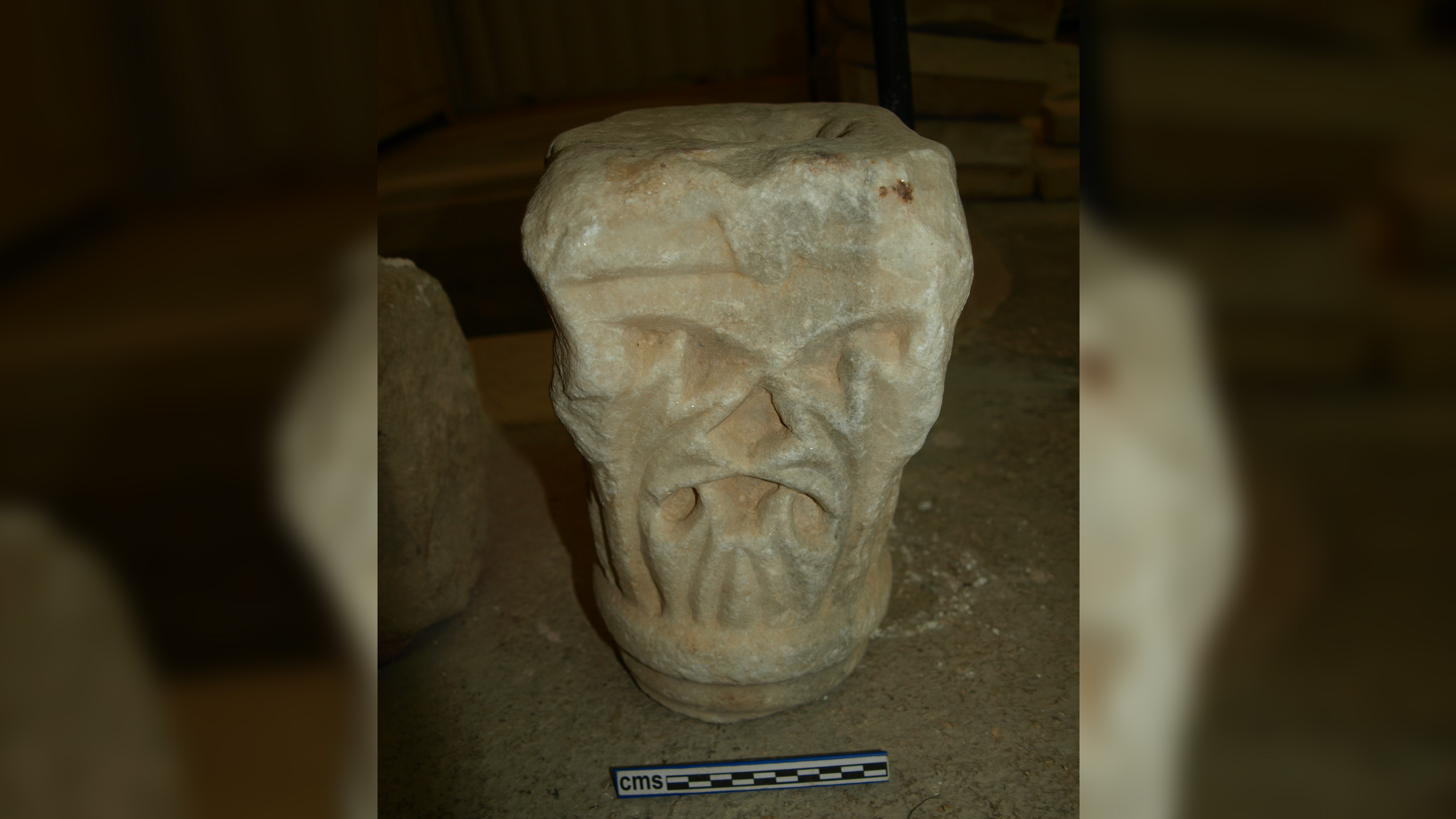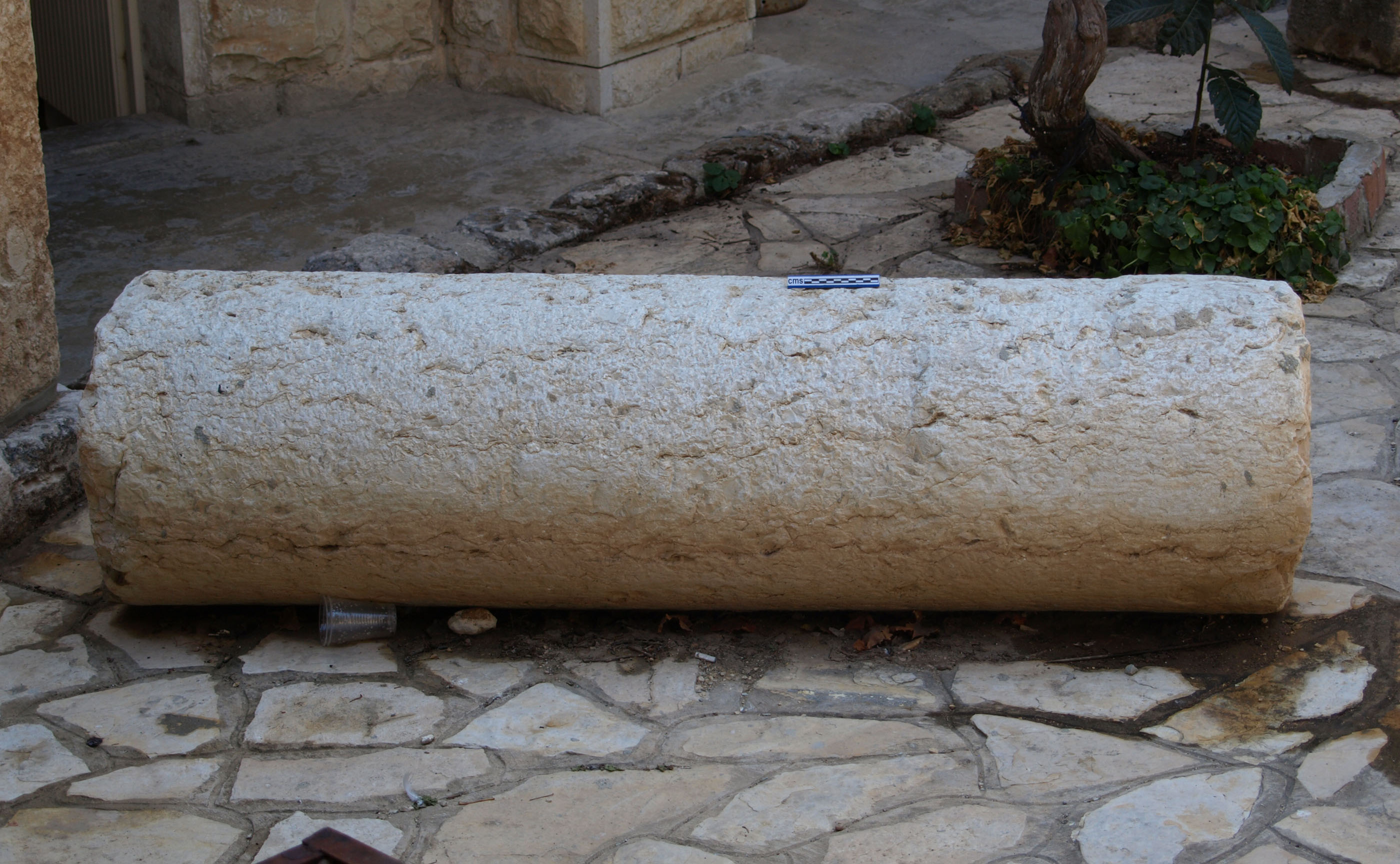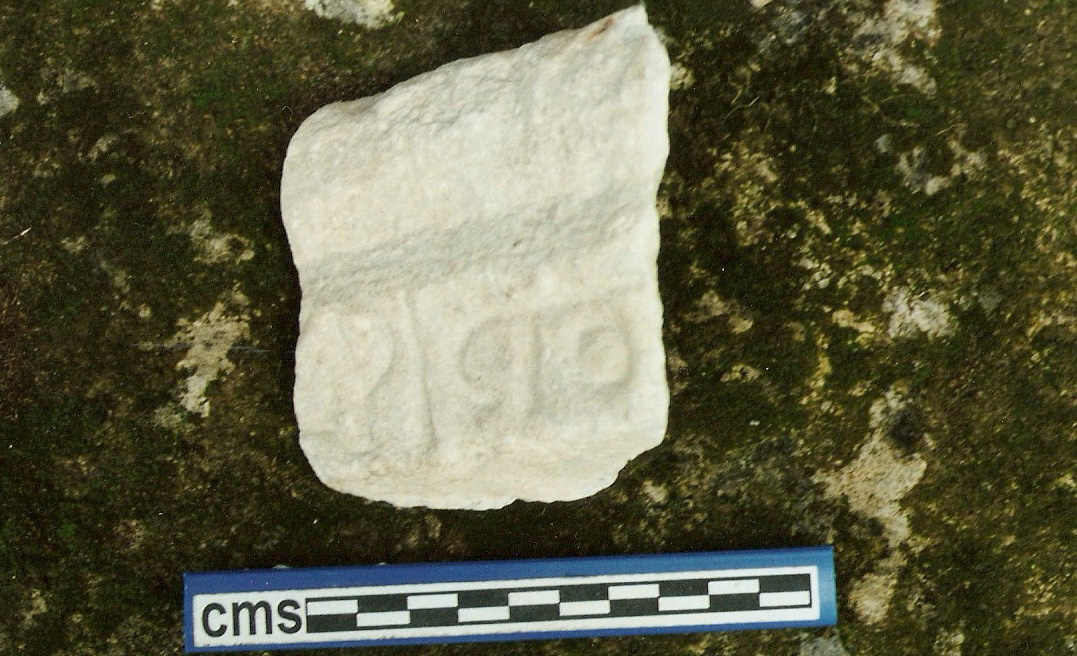The strange story of how nuns uncovered 'House of Jesus' in Nazareth

The house where Jesus supposedly grew up is back in the news, as archaeologist Ken Dark's new book on the Nazareth home is shining a spotlight on the team of sisters who completed much of the excavation and their discoveries.
It was "one of the earliest examples of a major program of excavations initiated and directed by women" Dark wrote in the book, "The Sisters of Nazareth Convent: A Roman-period, Byzantine, and Crusader site in central Nazareth" (Palestine Exploration Fund, 2021), noting that it was the leader of the Sisters of Nazareth nuns, Mère Giraud, who led these excavations. "It was also probably the only 19th-century excavation with a mostly female team," Dark told Live Science.
As Live Science reported in 2015, the house was cut into a rocky hillside and dates to the early first century. It wasn't until centuries later that people began to venerate the structure as Jesus' home. Whether Jesus really grew up there is unknown.
Related: See images of the 'Jesus' house and Nazareth artifacts
Church of the Nutrition




Dark noted that it was remarkable that the sisters took care to excavate the site before part of it was destroyed when their convent was built next to the site. "It was one of the first 'rescue excavations' — excavations in advance of the destruction of archaeological evidence by construction in this instance — in the Middle East," Dark told Live Science in an email.
The finds by the 19th-century nuns, as well as the convent's excavation records, helped Dark determine that the house dates to the early first century and that a church protecting the site, called Church of the Nutrition, was built during the fourth century.At the time it was built, the church would have been just a "cave church" — a church located within a cave — before expanding to include buildings on the surface. A fourth-century pilgrim named "Egeria" seems to have written about this church in the late-fourth century in a text often called the "Itinerarium Egeriae," describing it as "a big and very splendid cave in which she [the Virgin Mary] lived. An altar has been placed there, and within the actual cave is the place from which she drew water."
Related: Images: The Church of the Holy Sepulchre
Sign up for the Live Science daily newsletter now
Get the world’s most fascinating discoveries delivered straight to your inbox.
The people who constructed the church were careful to protect not only the early first-century house but also a tomb that was built in the mid- to late first century, after the house had been abandoned. People may have believed that it was the tomb of St. Joseph, the father of Jesus, leading to the extra care, Dark said.
During their excavation of the church, the sisters found the remains of a sarcophagus with human bones inside, suggesting that a saint may have been buried in the church centuries after Jesus' time.
When the Crusaders took control of Nazareth around 1099, they quickly rebuilt the Church of the Nutrition, dedicating a considerable amount of resources to its rebuilding despite their perilous military situation. The military position would deteriorate to the point where Nazareth was taken by a Muslim army in 1187. The Crusaders were often at war with different Muslim states in the region.
The sisters' work revealed the final days of the church. They found a knight's spurs had been left hanging on the wall of a chapel, possibly as an offering by a knight. Those who were in charge of the church apparently knew the site was doomed. At the time, the house of Jesus was hurriedly sealed up in hopes of protecting it, the sisters found. Though the church was burned down during a Crusader war, the house of Jesus was left intact and not unsealed until the sisters did their 19th-century excavation work.
Modern-day Nazareth sisters
The convent was built in the late 19th century and today, it is used by the Sisters of Nazareth nuns. "Although few in number, the nuns undertake a wide range of charitable work in addition to their religious duties: running a school, tending to the ill and helping local disadvantaged people of all backgrounds in many other ways" Dark wrote.
The sisters still watch over the artifacts and excavation records from the late 19th-century excavations, although some of the artifacts have gone missing since that time. Pilgrims and tourists also come to see the house and other remains. When reached by Live Science, the modern-day Sisters of Nazareth declined comment on the excavation work of their 19th-century predecessors.
Originally published on Live Science.

Owen Jarus is a regular contributor to Live Science who writes about archaeology and humans' past. He has also written for The Independent (UK), The Canadian Press (CP) and The Associated Press (AP), among others. Owen has a bachelor of arts degree from the University of Toronto and a journalism degree from Ryerson University.









